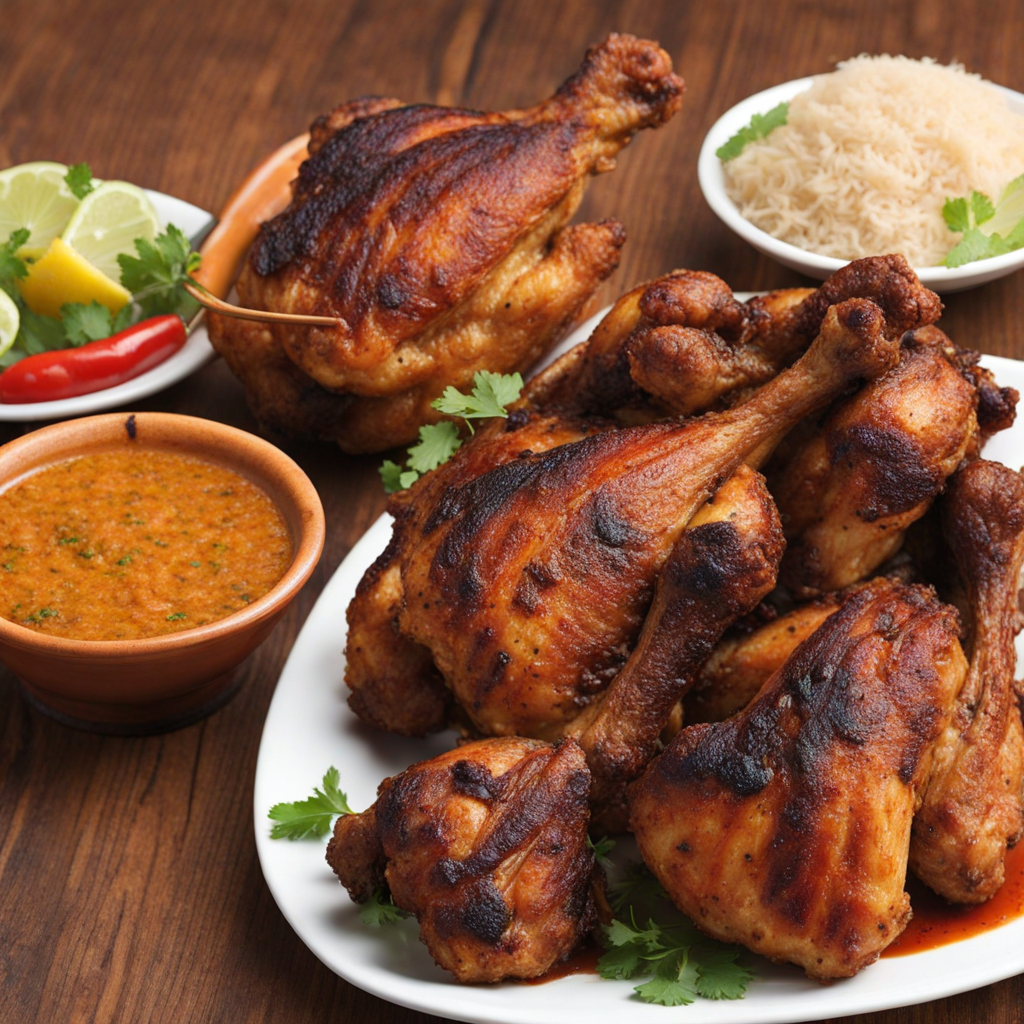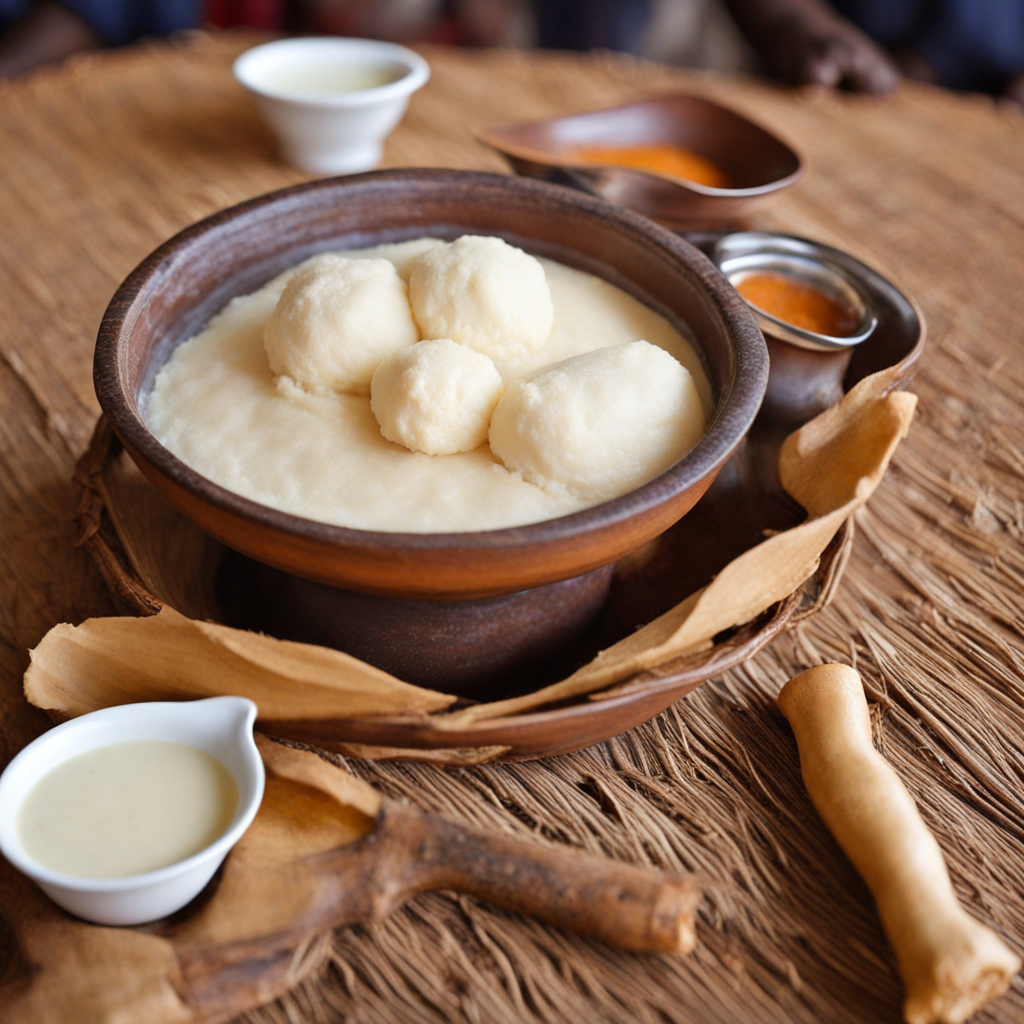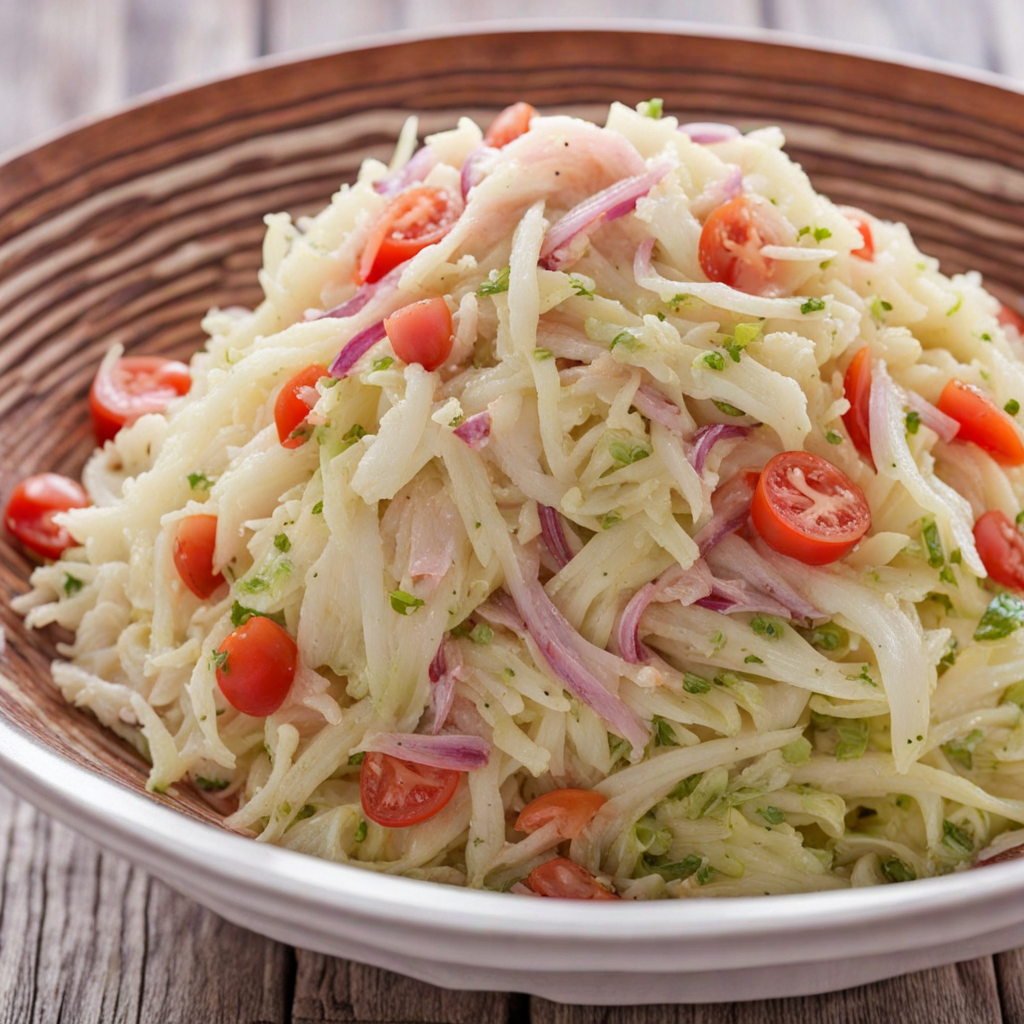Beignets
Beignets from Burkina Faso are a delightful and indulgent treat that embody the essence of West African cuisine. These deep-fried pastries are typically made from a simple dough consisting of flour, water, and a touch of sugar, which is then seasoned with spices or flavored with ingredients like vanilla or nutmeg. The dough is mixed until it reaches a smooth consistency, rolled out, and cut into various shapes, often resembling small squares or rounds. Once fried to a golden brown, they develop a crispy exterior that contrasts beautifully with the soft, airy insides, making each bite a delightful experience. What sets Burkinabe beignets apart is their versatility; they can be enjoyed plain or dusted with powdered sugar for a sweet finish. Some variations incorporate ingredients such as mashed bananas or sweet potatoes into the dough, adding a unique twist and enhancing their flavor profile. Traditionally, these beignets are served as a snack or a street food delicacy and are a popular choice for breakfast or an afternoon treat, often accompanied by a cup of tea or coffee. These pastries not only satisfy sweet cravings but also reflect the rich culinary culture of Burkina Faso. Sharing beignets among friends and family is a common practice, fostering a sense of community and togetherness. Whether you are savoring them at a bustling market or enjoying them at home, Burkinabe beignets offer a taste of warmth and hospitality, inviting you to explore the flavors of this vibrant West African nation.
How It Became This Dish
Beignets of Burkina Faso: A Sweet Journey Through History Origin and Early Beginnings The word "beignet" is derived from the French term for "fritter," and its roots can be traced back to various European culinary traditions. However, the beignet as it is known in Burkina Faso carries with it a rich tapestry of local ingredients, cultural influences, and historical significance that reflects the country’s diverse heritage. Burkina Faso, a landlocked nation in West Africa, has a storied history marked by various kingdoms and empires, including the Mossi Kingdoms, which emerged around the 11th century. The Mossi people, known for their agricultural proficiency, relied heavily on local crops such as millet, sorghum, and cassava. It is from these foundational ingredients that the concept of beignets began to take shape. In the centuries that followed, as trade routes expanded and interactions increased with neighboring regions, the culinary landscape of Burkina Faso became enriched. The introduction of wheat flour through trade with the French colonists in the late 19th century provided a new dimension to local cooking, allowing for the creation of beignets that incorporated both traditional and foreign elements. Cultural Significance Beignets hold a special place in the hearts of the Burkinabé people. Traditionally, they are enjoyed during celebrations, community gatherings, and religious ceremonies. Their significance transcends mere sustenance; they are a symbol of hospitality and community. When hosting a gathering, serving beignets is a gesture of goodwill, demonstrating the host's willingness to share and celebrate with others. In many villages, the preparation of beignets is often a communal activity, where families and friends come together to mix the dough, fry the pastries, and share in the joy of cooking. This communal aspect reinforces social bonds and highlights the importance of food as a means of connection within Burkinabé culture. Moreover, beignets are often sold by street vendors, creating a vibrant food culture that thrives in urban centers like Ouagadougou, the capital city. These vendors are crucial to the local economy and reflect the entrepreneurial spirit of the people. Beignets have become synonymous with street food in Burkina Faso, attracting locals and tourists alike, and providing a taste of the country's rich culinary heritage. Development Over Time Throughout the 20th century, beignets evolved in response to changing tastes and influences. The post-colonial period saw a resurgence of interest in local culinary traditions, leading to a revival of traditional recipes and techniques. Chefs and home cooks began to experiment with various fillings and toppings, incorporating local ingredients such as sweet potatoes, bananas, and even groundnuts. In the 21st century, globalization brought new flavors and ideas to Burkina Faso’s culinary scene. This influence can be seen in the incorporation of international elements into traditional beignet recipes. For instance, some modern variations now include chocolate or fruit preserves, catering to a younger generation eager to explore fusion cuisine while remaining connected to their cultural roots. Social media has also played a significant role in the evolution of beignets in Burkina Faso. Platforms like Instagram and Facebook have enabled food bloggers and enthusiasts to showcase their culinary creations, leading to a renewed interest in traditional dishes. Recipes are shared widely, and culinary contests often highlight innovative takes on classic beignets, ensuring that they remain relevant in contemporary cuisine. Moreover, the health-conscious movement has prompted some cooks to experiment with alternative ingredients. Whole grain flours, gluten-free options, and reduced sugar versions of beignets are now appearing, reflecting a growing awareness of nutrition and dietary preferences among the population. Regional Variations and Flavors While the basic concept of beignets remains consistent across Burkina Faso, regional variations add depth to their history. In northern regions, for example, beignets may be made with millet flour, while in urban areas, wheat flour is more commonly used. Each variation tells a story about the local environment, agricultural practices, and cultural influences. In addition to the base dough, fillings can vary significantly. In some regions, beignets are filled with a mixture of ground peanuts and sugar, while others may opt for a savory filling of vegetables or fish. The versatility of beignets allows them to adapt to local tastes and preferences, making them a beloved staple across the country. Modern Recognition and Global Influence In recent years, there has been a growing recognition of Burkina Faso’s culinary heritage on the international stage. Chefs from the country have participated in global culinary competitions, showcasing traditional dishes like beignets and introducing them to a wider audience. This exposure has led to a greater appreciation for the flavors and techniques of Burkinabé cuisine. Furthermore, the rise of food tourism has encouraged travelers to explore the culinary offerings of Burkina Faso. Beignets, as a symbol of local culture, often find their way onto food tours, allowing visitors to experience not just the taste but also the stories behind this beloved dish. As globalization continues to influence culinary practices, the future of beignets in Burkina Faso remains bright. The resilience of traditional recipes, coupled with innovative adaptations, ensures that this delightful pastry will continue to be enjoyed by generations to come. Conclusion The history of beignets in Burkina Faso is a testament to the country’s rich cultural tapestry, woven from threads of tradition, innovation, and community. From humble beginnings rooted in local agriculture to a cherished culinary icon enjoyed across the nation, beignets embody the spirit of Burkinabé hospitality and creativity. As they continue to evolve and adapt, they remain a delicious reminder of the stories and connections that food can foster, bridging the past and the present in every bite.
You may like
Discover local flavors from Burkina Faso







